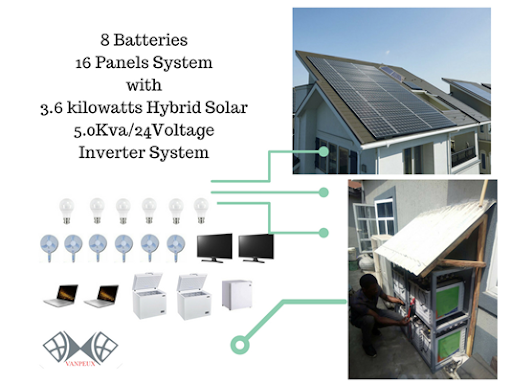
Solar lights work by harnessing the power of the sun to provide illumination. We will be discussing 3 tips on how to charge solar lights with the sun. In this article, we will be discussing how solar lights work and the steps you can take to charge them using the sun.
1. HOW DO SOLAR LIGHTS WORK?
Solar lights work by converting the energy from the sun into electricity. The lights are equipped with a solar panel that absorbs sunlight during the day and converts it into electricity, which is stored in rechargeable batteries. At night, the batteries power the LED bulbs, providing a reliable and sustainable source of light.
2. STEPS TO CHARGE SOLAR LIGHTS WITH THE SUN
Step 1: Choose a location that receives direct sunlight – Solar lights need direct sunlight to charge efficiently. Choose a location that receives at least 6 hours of direct sunlight per day.
Step 2: Position the solar panel – Position the solar panel so that it is facing the sun. The solar panel should be tilted at an angle that is equal to the latitude of your location for optimal performance.
Step 3: Clean the solar panel – Dirty solar panels can affect the performance of solar lights. Clean the solar panel regularly using a soft cloth and soapy water to remove dirt and debris.
Step 4: Check the battery – Check the battery of your solar light to ensure that it is fully charged before using it. If the battery is low, it may take longer to charge the solar light.
3. TIPS FOR MAXIMIZING SOLAR LIGHT PERFORMANCE
To maximize the performance of solar lights, it is important to ensure that they are installed in a location that receives direct sunlight for several hours each day. Additionally, it is important to keep the solar panels clean and free from debris, as this can affect their ability to absorb sunlight and generate electricity.
CONCLUSION:
In conclusion, charging solar lights with the sun is an easy and efficient way to power your outdoor lighting. By choosing a location that receives direct sunlight, positioning the solar panel correctly, cleaning the solar panel regularly, and checking the battery before use, you can ensure that your solar lights are charged and ready to provide reliable and sustainable lighting for your outdoor spaces. Thank you for reading this article on how to charge solar lights with the sun.
Unlock Solar Savings: Top Tips for Choosing a Budget-Friendly Inverter
Harnessing the power of the sun for electricity is a smart move, both for the environment and your wallet. But when you’re setting up a solar panel system, choosing the right inverter is crucial to ensuring efficiency and cost-effectiveness. Here are some top tips for selecting the best inverter that
Can solar standing fans be used in conjunction with other power sources?
Yes, solar standing fans can be used in conjunction with other power sources to provide flexibility in usage and ensure continuous operation, especially during periods of low sunlight or at night. Here are some ways solar standing fans can be combined with other power sources: Battery Backup: Many solar-powered fans
Are solar standing fans noisy?
Solar standing fans are generally designed to operate quietly, especially compared to some traditional electric fans that can produce noticeable noise when running. The noise level of a solar standing fan can vary depending on factors such as the quality of construction, motor design, and fan blade design. However, manufacturers
What size of solar panel is needed for a solar standing fan?
The size of the solar panel needed for a solar standing fan depends on several factors, including the power consumption of the fan, the desired charging time, and the efficiency of the solar panels. Here are some considerations to help determine the appropriate size of the solar panel: Power Consumption
What maintenance is required for a solar standing fan?
Solar standing fans typically require minimal maintenance. Regular cleaning of the solar panels to remove dust and debris can help optimize charging efficiency. Additionally, checking the fan blades for any obstructions or signs of wear is recommended. Maintaining a solar standing fan is generally straightforward and requires minimal effort. Here
Can solar standing fans be used indoors?
Yes, solar standing fans can be used indoors, provided they have access to sufficient sunlight for charging. However, there are a few considerations to keep in mind when using solar standing fans indoors: Buy from paystack Buy Direct from us Sunlight Exposure: Since solar standing fans rely on sunlight to
